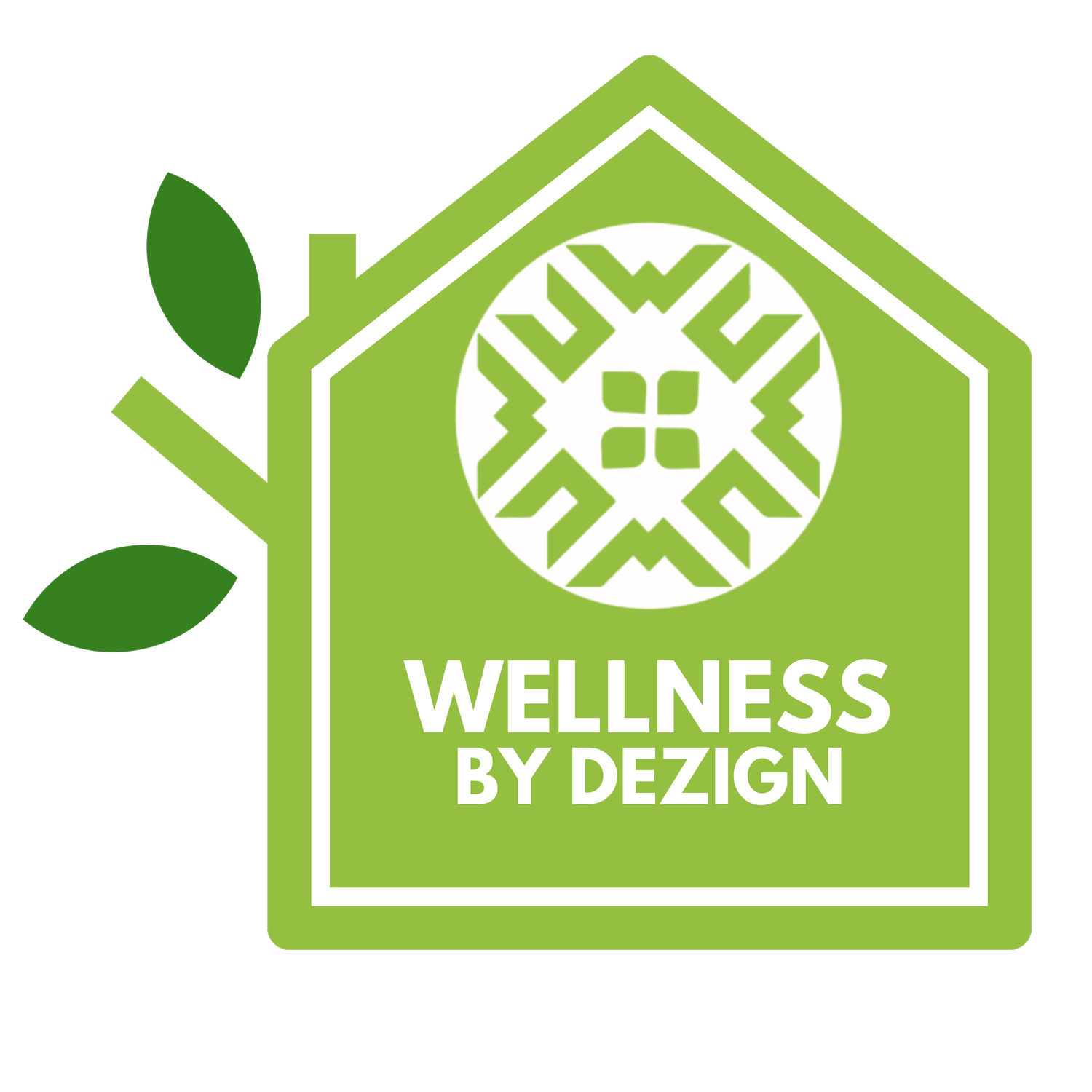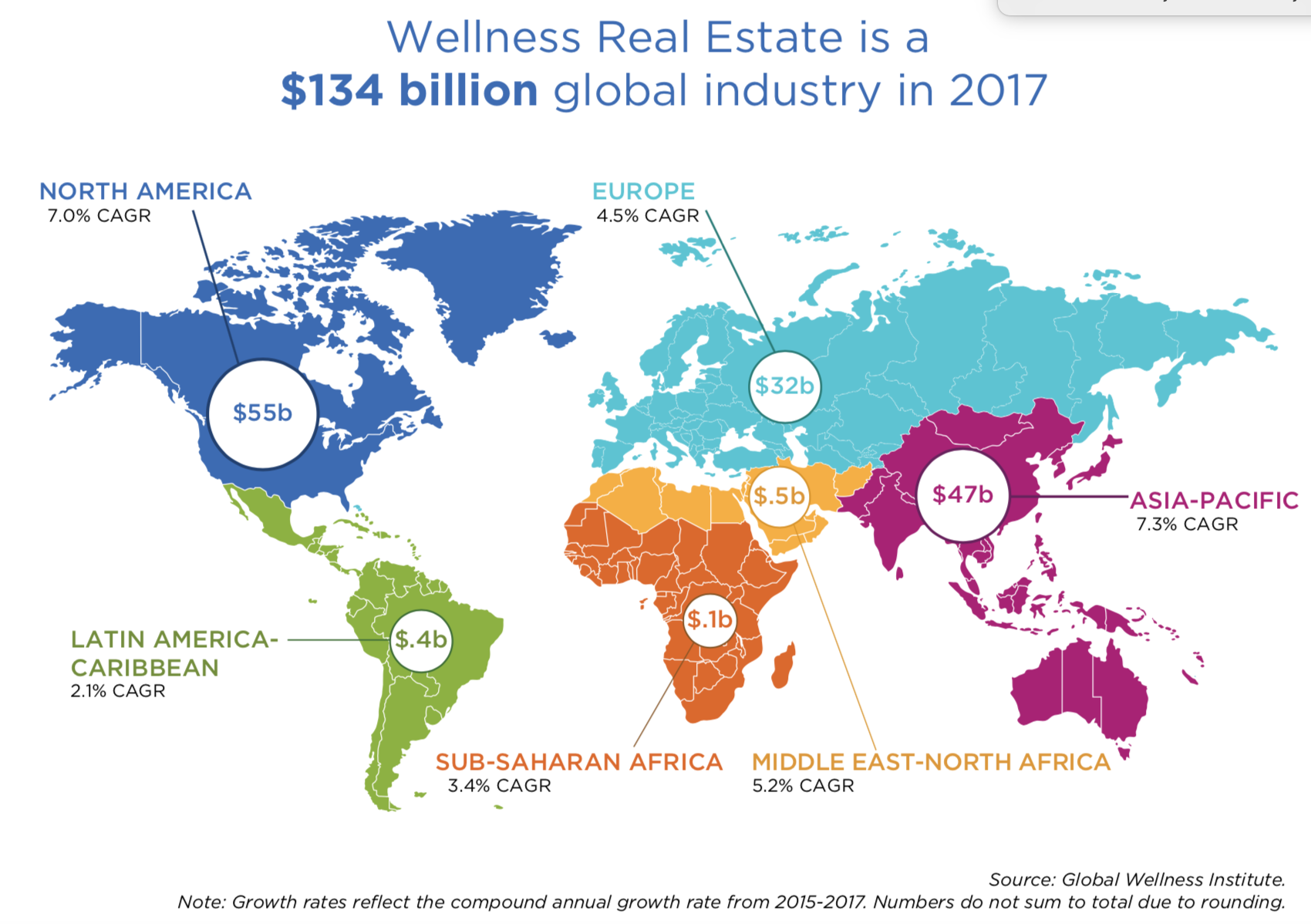Be Mindful, Be Well - this is my story.
Be mindful, be well.
It was a moment of sudden clarity - a moment of self realization and transformation, not by a sudden, acute incident, but by a combination of many “mini moments” over a few months time. It started in 2016 when I attended a mindful yoga workshop; when I visited a local farmer’s market on a beautiful, warm September day; it happened at a 3-day mindset retreat in Florida and a few months later at the Women’s March in Washington. This mid-life moment coincided with a diagnoses of an autoimmune disorder after a brief illness. I consider my ‘mid-life moment’ as my ‘ah-ha moment’ because it felt as if the rest of my life all of a sudden had clarity, intention and purpose. I wanted to share this revelation by helping others live a meaningful and healthy life by starting a consulting business combining mindful wellness practices with interior design and real estate.
My health, and the health of my family, is my number one priority. But when I was diagnosed with an autoimmune disorder I had an enormous revelation. I need to do what I love, love what I do, and be happy doing it because life can be short. Simultaneously, I was determined to find the reasons, or causes, for my auto-immune disorder and thus began my journey on a campaign to combine health and wellness with my passion for interior design.
My journey led me to discover something truly meaningful and important to every human being; how we live, what and who we surround ourselves with, can directly effect our health and wellbeing. My own philosophy with my design strategies is to use or promote healthy, sustainable, earth and human friendly products that are supported by science and research. I am a LEED v4 Green Associate, a Fitwell Ambassador and I’m studying to be a WELL accredited professional. These three organizations are backed by science and professionals who are the best in their field like the folks at the CDC and Center for Active Design, the US Green Building Council and the International Well Building Institute. All these organizations have provided me with the tools and education to promote healthy standards of occupant healthy and wellbeing.
My approach is holistic, collaborative, integrative, creative and is constantly evolving.
Combining interior design with an integrative approach to health and wellness is not a new concept, by any means. The wellness industry, however, has become BIG business.
According to Inc. Magazine, the Health and Wellness industry is big business. The broad-reaching category consists of beauty, fitness, mind, body, nutrition, tourism, alternative medicine and spas. It is no wonder the industry has grown by 10.6% between 2013-2015, to become a $3.72 TRILLION market. Wellness lifestyle real estate represents approximately $119 billion of that market and is the third fastest growing wellness sector. According to the Global Wellness Institute, wellness real estate has historically included residential, hospitality, and mixed-use real-estate developments with wellness-related facilities & services incorporated into their planning and design.
Global Wellness Economy
From a business and investor stand point, The Global Real Estate Sustainability Benchmark’s (GRESB) mission is ‘enhance and protect shareholder value by assessing sustainable practices in the real estate sector’. In early 2017 they announced their global benchmark for real estate portfolios will now include human health & well-being measures. This is something investors and business leaders should follow closely as the wellness industry continues to grow.
LEED, or Leadership in Energy and Environmental Design, is the most widely used green building rating system in the world. (BREEAM is another). Available for virtually all-building, community and home project types, LEED provides a framework to create healthy, sustainable and cost-saving green buildings in our cities, communities and neighborhoods. LEED buildings not only save energy, water, resources, generate less waste and support human health, they also attract tenants, cost less to operate and boost occupant productivity and retention. In my opinion, this is common sense for developers, builders, contractors, landlords and tenants in the commercial and residential industry. The newest version, LEED v4, focuses more on materials and how they affect occupant health, as well as focusing more on a performance-based approach to indoor environmental quality.
The International WELL Building Institute has created the WELL Building Standard that complements LEED. Launched in 2014 after seven (7) years of medical and scientific research and development, the WELL Building Standard is the premier standard for buildings, interior spaces and communities seeking to implement, validate and measure features that support and enhance human health and wellness. Fitwel is another building certification led jointly by the Center for Disease Control and the Center for Active Design. Fitwel made the top 10 List in 2016 for one of the most innovative companies for Social Good.
The International Living Future Institute is another non-profit organization that has developed a sustainable building certification called the Living Building Challenge. It promotes the most advanced measurement of sustainability in the built environment including human health. It can be applied to development at all scales, from buildings – both new construction and renovation – to infrastructure, landscapes, neighborhoods and communities and is more rigorous than green certification such as LEED. They have implemented a nutrition label for building products and materials called ‘Declare’ which provides a transparent database for architects, builders and designers. Their Red List contains the worst in class materials in the building industry.
Cradle to Cradle Certified™ is a globally recognized measure of safer, more sustainable products made for the global economy. Product designers, manufacturers and brands around the world rely on the Cradle to Cradle Certified Product Standard as a pathway for designing and making products with a positive impact for the people and planet. From fragrances to flooring, t-shirts and jeans to water bottles and window treatments, thousands of products are ‘Cradle to Cradle Certified’. What’s more, a growing number of brands, organizations and standards also recognize Cradle to Cradle Certified as a preferred product standard for responsible purchasing decisions.
Humans, on average, spend approximately 90% of their time indoors. Interior spaces, buildings and communities have far-reaching impacts on wellness. Design choices can help prevent mold and moisture issues, provide fresh air, ensure access to clean drinking water, prevent exposure to toxic chemicals, encourage fitness and healthy eating habits, provide comfortable acoustics and support healthy circadian rhythms, just to name a few.
For the average homeowner, owning or running an energy-efficient home is common sense. However, the average homeowner does not think about interior air quality, or that using improper lighting can affect your sleep and therefore affect your health. Practicing good habits, being mindful of the materials chosen in our interiors, and being aware of lifestyle choices, is paramount to good health and wellbeing.
Architects and Designers all over the world are now seeing growing evidence to suggest that the design and operations of buildings have a significant influence on occupant health and wellness. As part of my training and education, I’m proud to support clients who want to achieve LEED certification as an official LEED v4 Green Associate. I launched my first Blog during the GreenBuild Expo 2017 in Boston to pay tribute to the amazing people, companies and products that make this industry so incredibly transformative and inspiring. I am so passionate about this wellness movement and its effect on the design industry.
The wellness industry is growing an alarming rate across so many sectors. Whether it is in our physical space; at home or at work or in our spiritual life – incorporating mindful, and wellness strategies is the key to good health and happiness. My collaborative approach is holistic in the sense that I follow scientific and sustainable design practices that affect all aspects of wellbeing, and incorporate these practices with my clients by guiding them in this mindful approach to living well.
I look forward to sharing my knowledge about the dangers and toxins in our environment, at home, at work or at school. My goal is to encourage and promote sustainable, earth-friendly, non-toxic ingredients and materials, and to realistically recommend these ideas and life-style changes in our homes and our businesses. Some of these ideas are common sense but some bad habits are hard to break. With guidance and encouragement, our health, our planet, and our happiness can, and will, co-exist.








